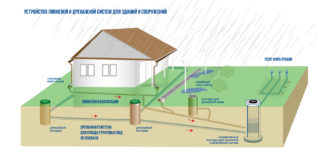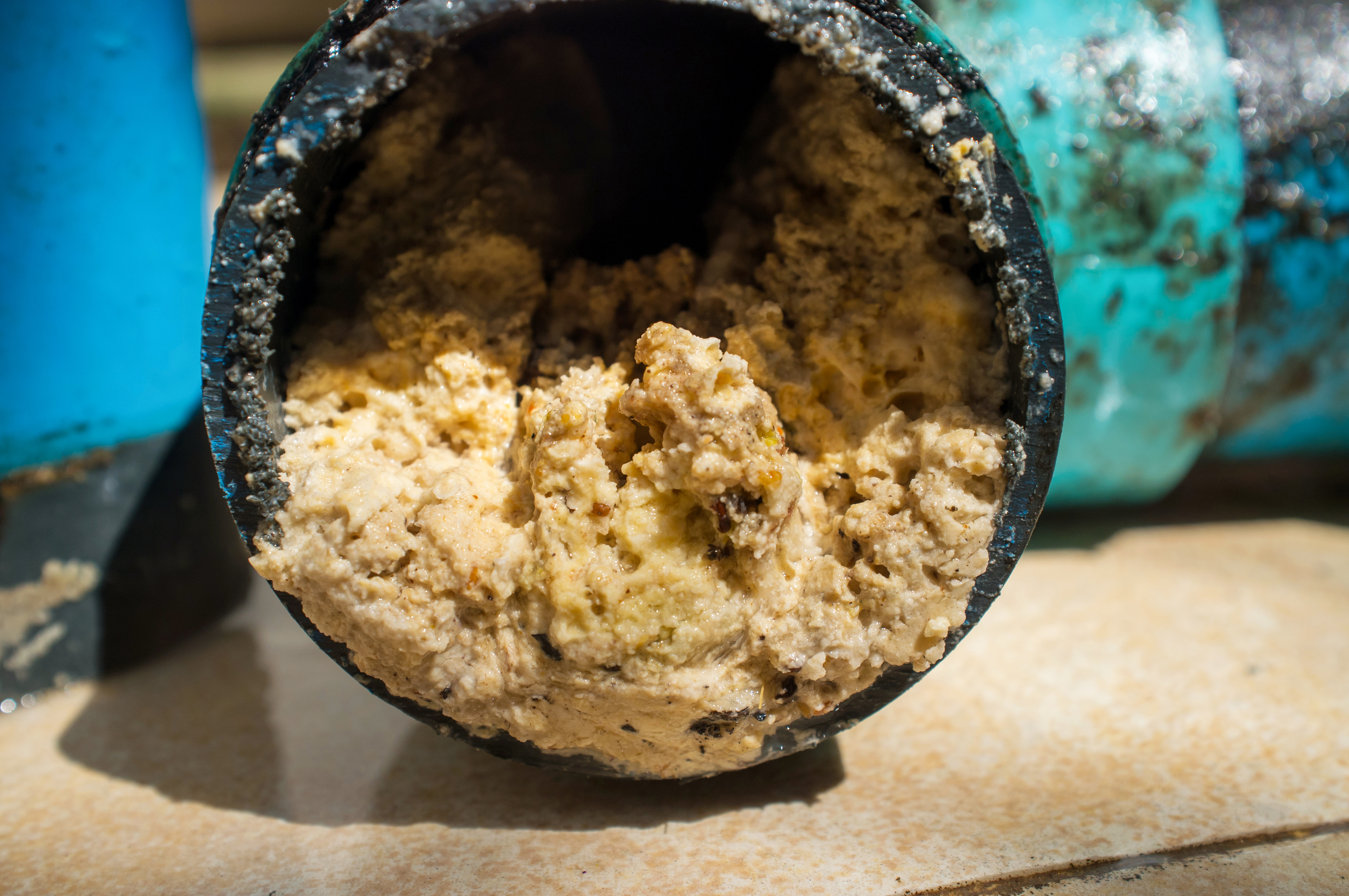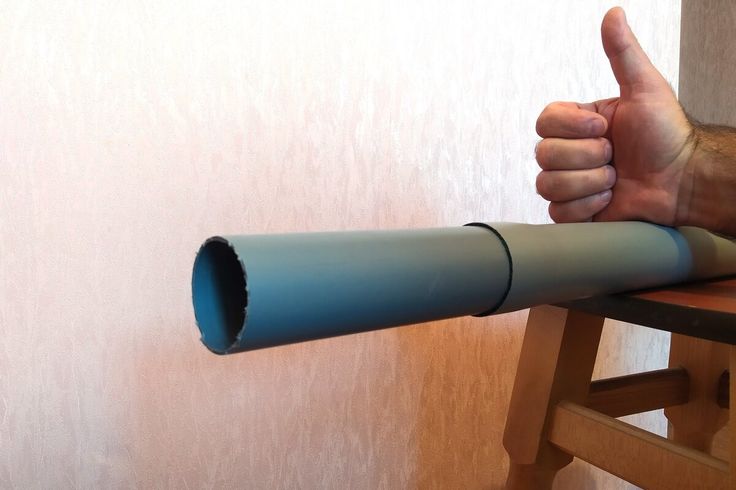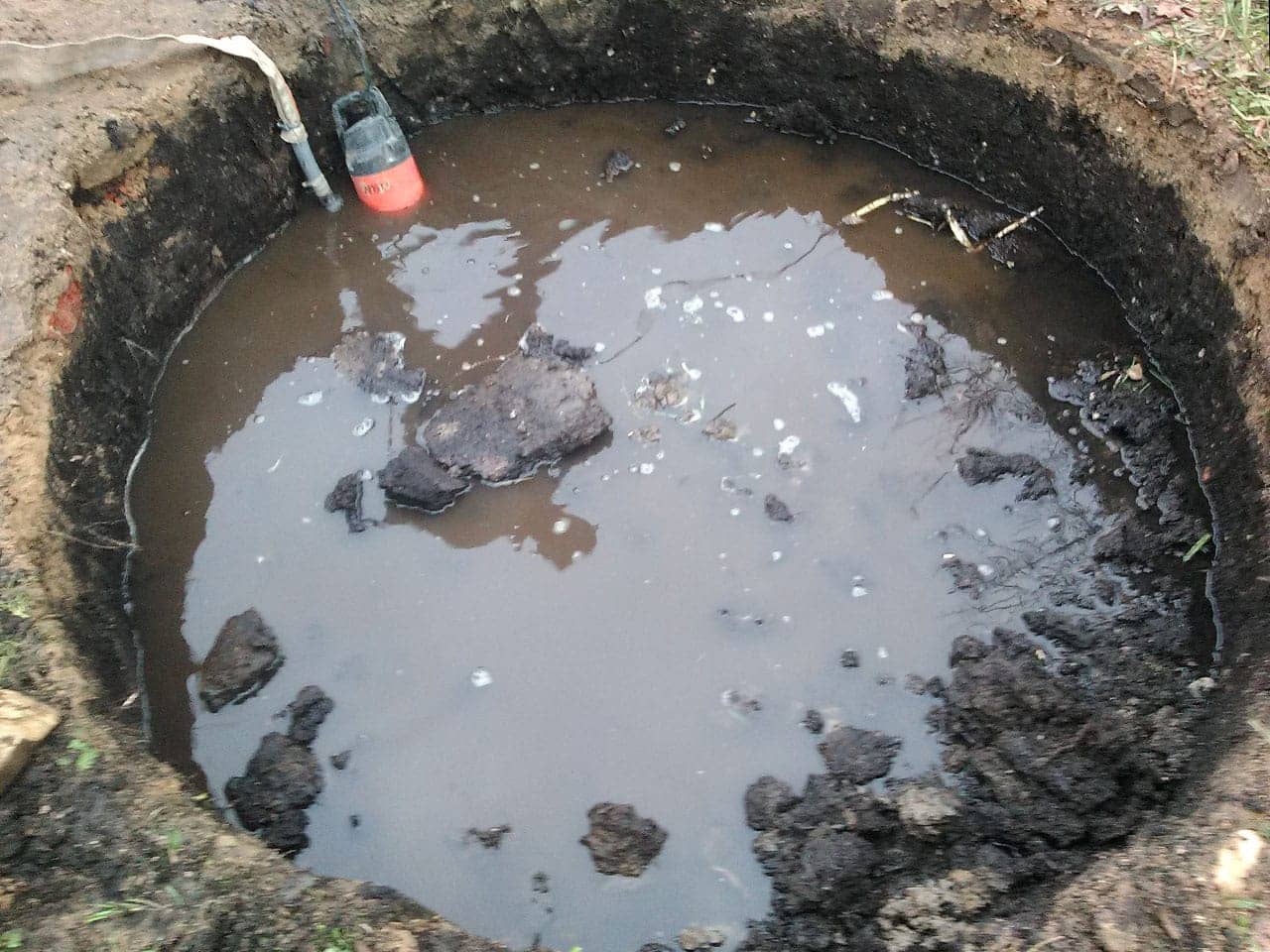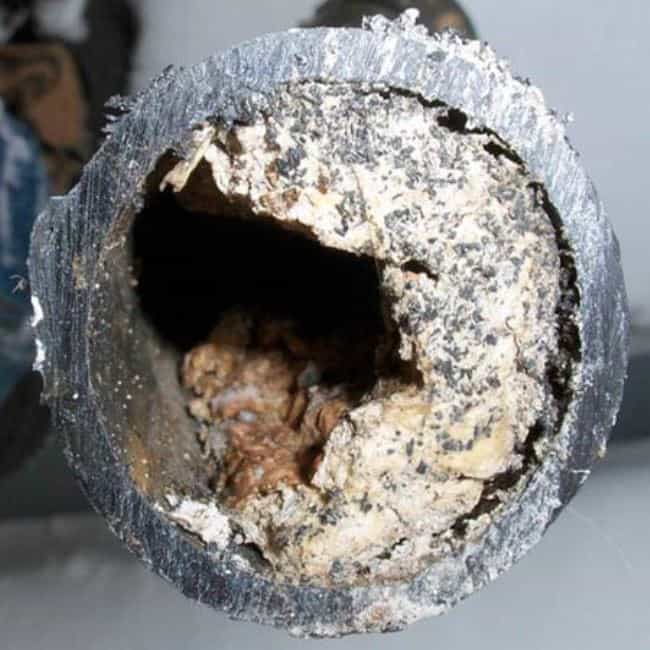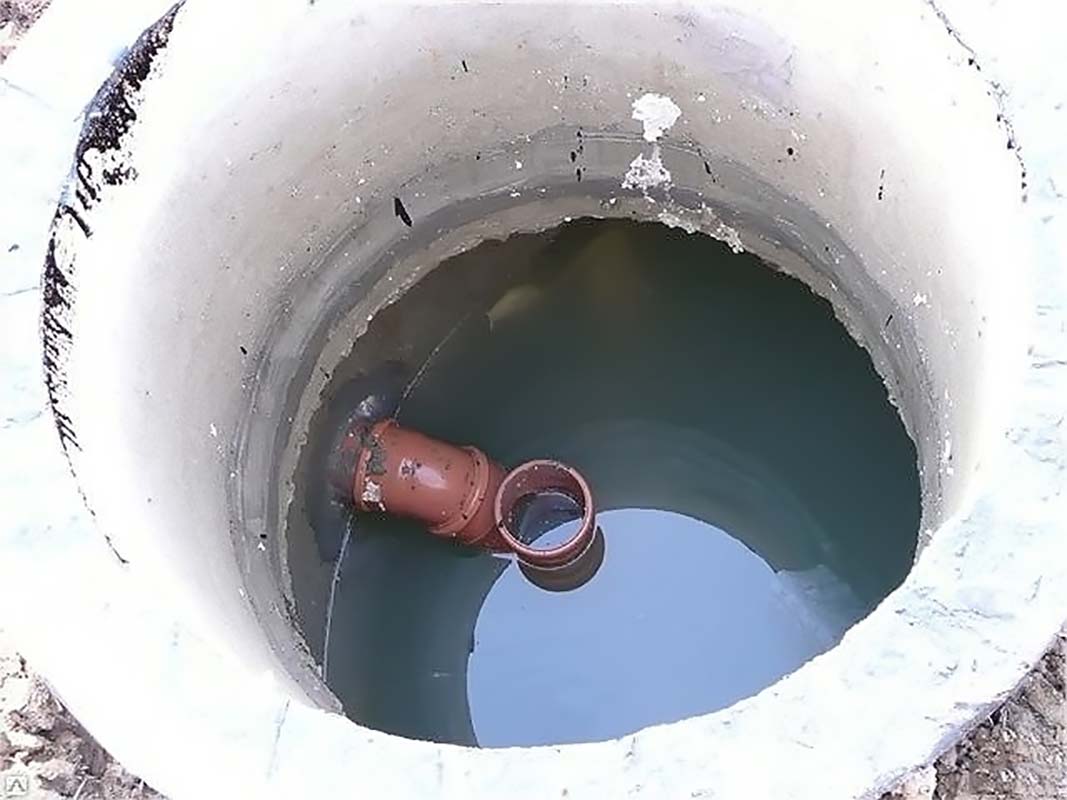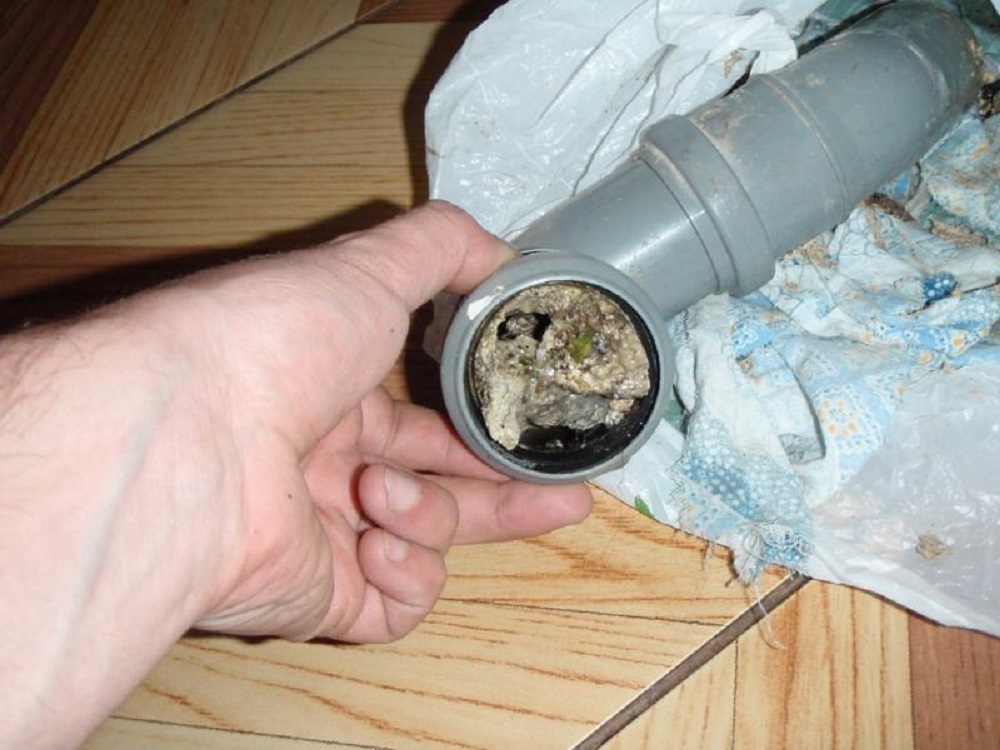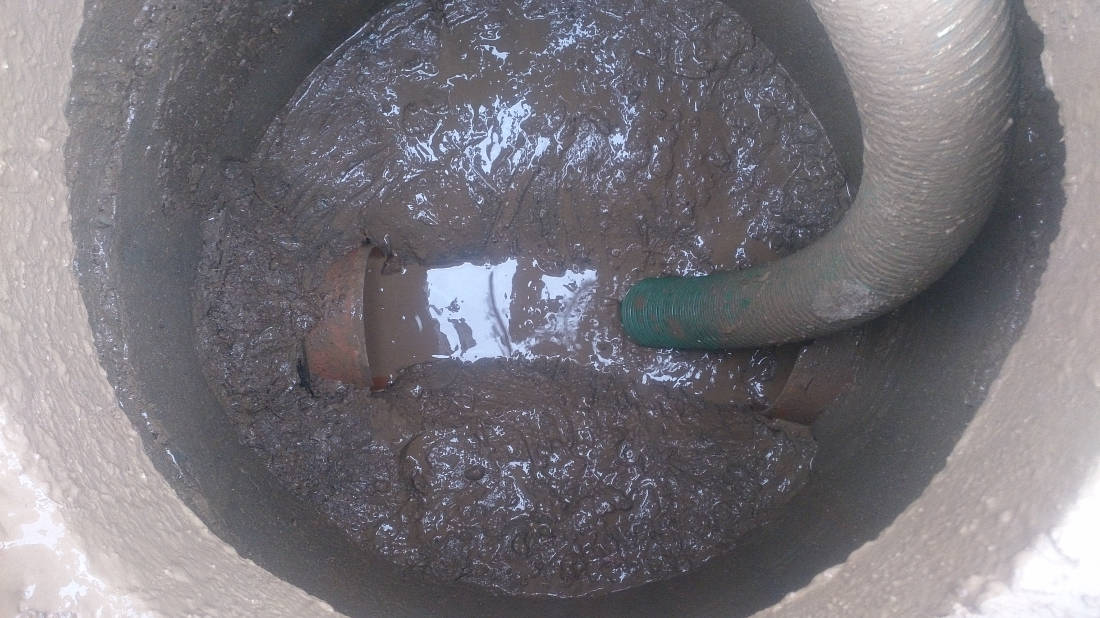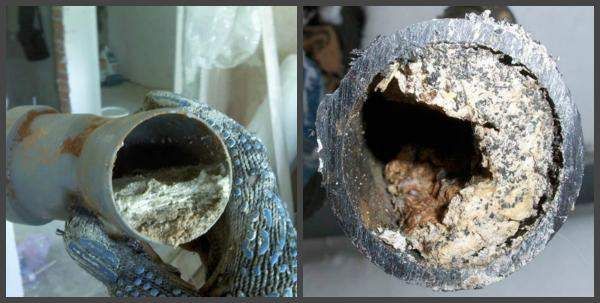Rainwater can destroy even the toughest walls. After all, as you know, water wears away a stone. If storm runoff or groundwater in excess constantly falls into the ground near the foundation, fungus will appear on the concrete, and then microdestruction. The building is threatened with regular dampness, cold and mold from the floor. For high-quality protection of the foundation from storm drains / groundwater, gutters are used to drain water on the ground. In professional circles, they are called storm sewers or simply storm drains.
Definition and purpose of the shower drain
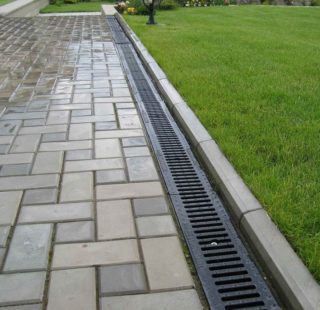
Drainage gutters are used for high-quality drainage of rainwater from the ground. Rainstorms are installed at all residential buildings, without exception, on highways and roadways, at all large industrial facilities and public facilities: airports, train stations, underpasses, etc.
The storm drain performs the following functions:
- Protects buildings and structures from flooding, removes water from thresholds and walls.
- Qualitatively removes rainwater from a given area.
- Extends the service life of the roadway and other hard surfaces.
- Keeps the soil relatively dry during rain / snowfall. For these purposes, a special drainage system is also laid, for which it is necessary to pre-perforate the trays.
An improperly installed storm drain can provoke many problems from standard flooding of the foundation / basement to paralyzing road traffic on the highway.
Construction of drainage gutters
The storm sewer consists of separate drainage gutters connected to each other in an extended collector. Structurally, each element is a U-shaped or U-shaped tray, which is laid upside down. The upper open part of the sewer element is covered from above with a special grate. The entire line is mounted on a slope. As a result, storm drains enter the collector through the grate / stormwater inlet and move in this form to the sewer, local water bodies, etc. All large debris in the form of fallen leaves, papers, bottles, branches remains on the surface of the stormwater.
The gutters can fully perform the drainage function only if the slope of the collector and its diameter are correctly calculated for the volume of storm water.
All shower drains are classified according to the load level.
- A15. Designed for minimum load. These trays are installed in the private sector, on bicycle and park paths.
- B125. Gutters that can bear a little heavy load. It is customary to mount them along a regular roadway intended for light vehicles.
- S250. Such gutters are used for three increased weather loads. Most often shown for installation in a car wash.
- D400. Heavy-duty rain gutters. They are mounted on highways, roads and highways of international destination, in the industrial zone.
- E600. One of the powerful rain showers. Designed for installation in industrial plants.
- F900. The most powerful gutters. They are mounted at airports, airfields, military bases.
It is important to choose the right type of gutter so that the storm sewer works without failures.
Manufacturing materials
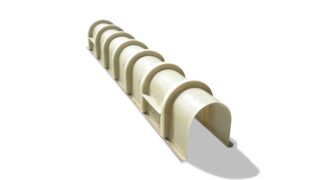
For the manufacture of drainage trays, the following materials are used:
- Plastic. Polymer gutters are resistant to aggressive effects and temperature extremes. They have good linear expansion.Plastic storm sewers are capable of withstanding loads of up to 60 tons of water per square meter. The only drawback of plastic trays is their poor adhesion to the concrete base.
- Metal. Most often they use pure or galvanized cast iron. The second option is preferable because it has anti-corrosion properties. The metal is resistant to transverse and longitudinal increased loads.
- Concrete trays. The best option for both private stormwater and industrial. Concrete gutters are durable and resistant to aggressive environments. However, the inside of such a tray is prone to the formation of muddy deposits, fungus. In addition, each element has quite an impressive weight.
- Composite. A mixture made from concrete with additives (plastic, sand, fiberglass) allows you to get durable and moderately light rain trays at the outlet. They have performance characteristics that are better than those of plastic and slightly worse than those of reinforced concrete. The inner side of composite gutters is smooth, unlike concrete gutters.
To protect the system from debris, cast iron or plastic grids for drainage trays are used.
Dimensions of stormwater
Each type of shower tray has its own production dimensions:
| Material | Length (m) | Width (m) | Height (m) | Section (m) |
| Plastic | 1m | 0.14-0.5 m | 0.06-0.79m | 0.1 m and more |
| Cast iron | 0.5 m | 0.2 m | 0.1 m and more | |
| Reinforced concrete | 0.5-4 m | 0.14-0.44 m | 0.15-0.88 m | From 0.1 m |
| Composite | 1m | 0.15-0.4 m | 0.1-0.5 m | 0.1-0.2 m |
Installation rules
- The type of trays is selected in accordance with the estimated volume of wastewater at the site. In this case, another 25% must be added to the result obtained.
- The material of manufacture must correspond to the intended load. For example, it makes no sense to spend money on the purchase of cast iron gutters for home stormwater, or to mount plastic gutters on the highway.
- The communication must be buried below the level of freezing of the soil (40-60 cm).
- It is imperative to lay a cushion of rubble and sand under the collector. The gutters are not laid on clean ground.
- When installing storm drains, be sure to make a slope equal to 10 mm for each running meter of the collector. This will provide sufficient force for the free flow of the effluent.
- Sand traps are mandatory installed in the collector. They prevent clogging and silting of the gutters.
- The upper grilles are securely fixed with screw locks. Otherwise, theft is not excluded, and then the clogging of the storm sewer.
When installing drainage gutters, it is imperative to take into account the degree of pollution of storm drains. Only if all the recommendations are followed, the drainage system will work properly for more than a dozen years.

